Edible flowers: the how, the what and the why
A new book from Monacelli, Edible Flowers: How, Why, and When We Eat Flowers, uncovers a fascinating history
Adrianna Glaviano - Photography
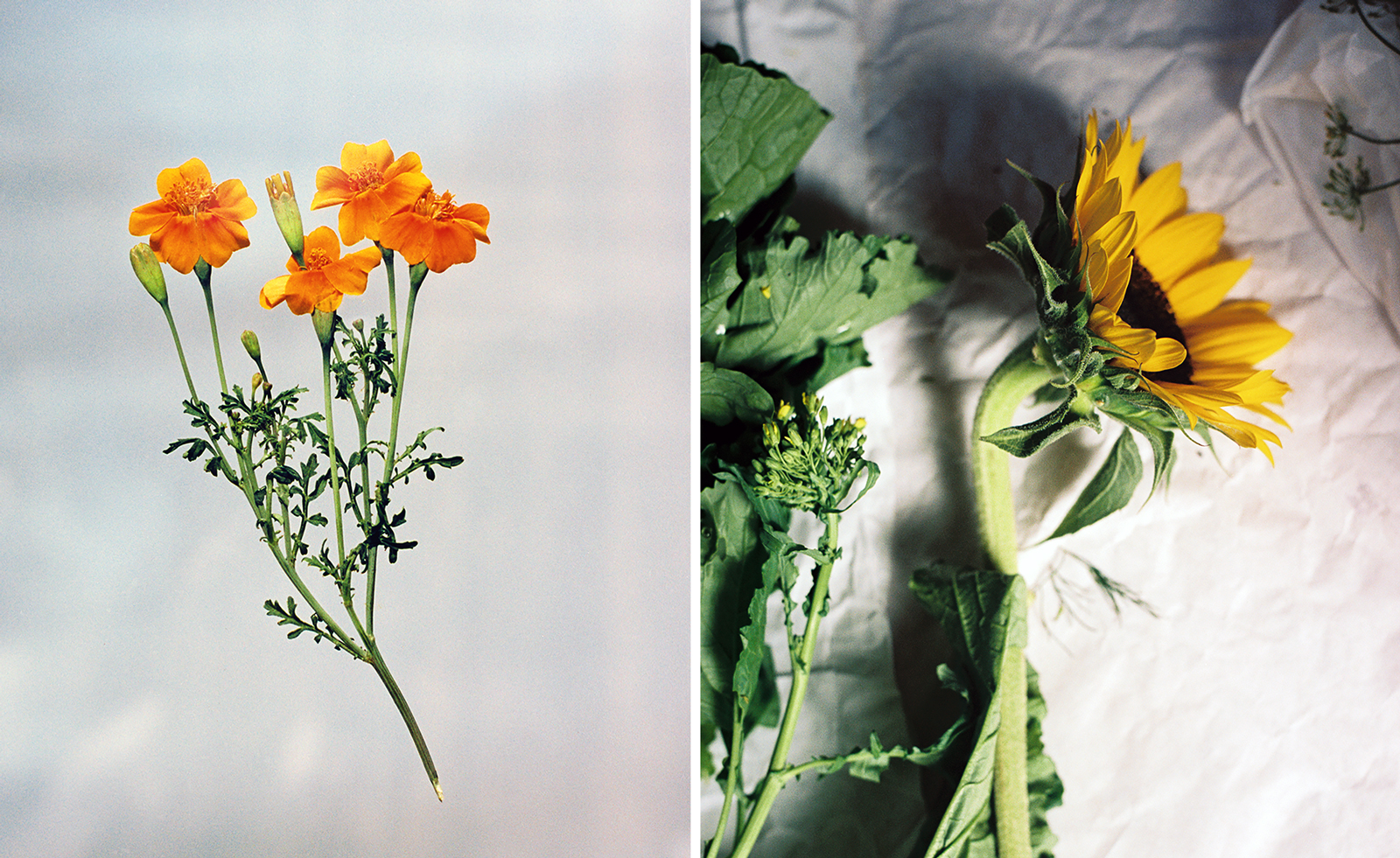
The history, culture and use of edible flowers is explored in a fragrant new tome from Phaidon, Edible Flowers: How, Why, and When We Eat Flowers. Author Monica Nelson has joined forces with photographer Adrianna Glaviano on the definitive guide, which pairs recipes with personal essays and striking imagery of flowers, in environments from urban gardens to wild meadows.
‘The research was really nothing but a delightful journey of surprise,’ says Nelson. ‘Every flower I wrote about had a fact that revealed something new, either about the history of a place or the people that ate it or a herbal property. My favorite flowers to write about were ones that gave me a view into the indigenous culture of the Americas, like dahlia, sunflower, marigold – flowers that made the ‘old to new world’ trade routes and became iconic to other cultures; like sunflowers to Arles/Van Gogh, or marigold to Diwali in India.’
Catching her favourite flowers in bloom proved a challenge that took Nelson around the world. To capture okra’s single-day of bloom, she travelled to a Savannah, Georgia, community garden, for example.
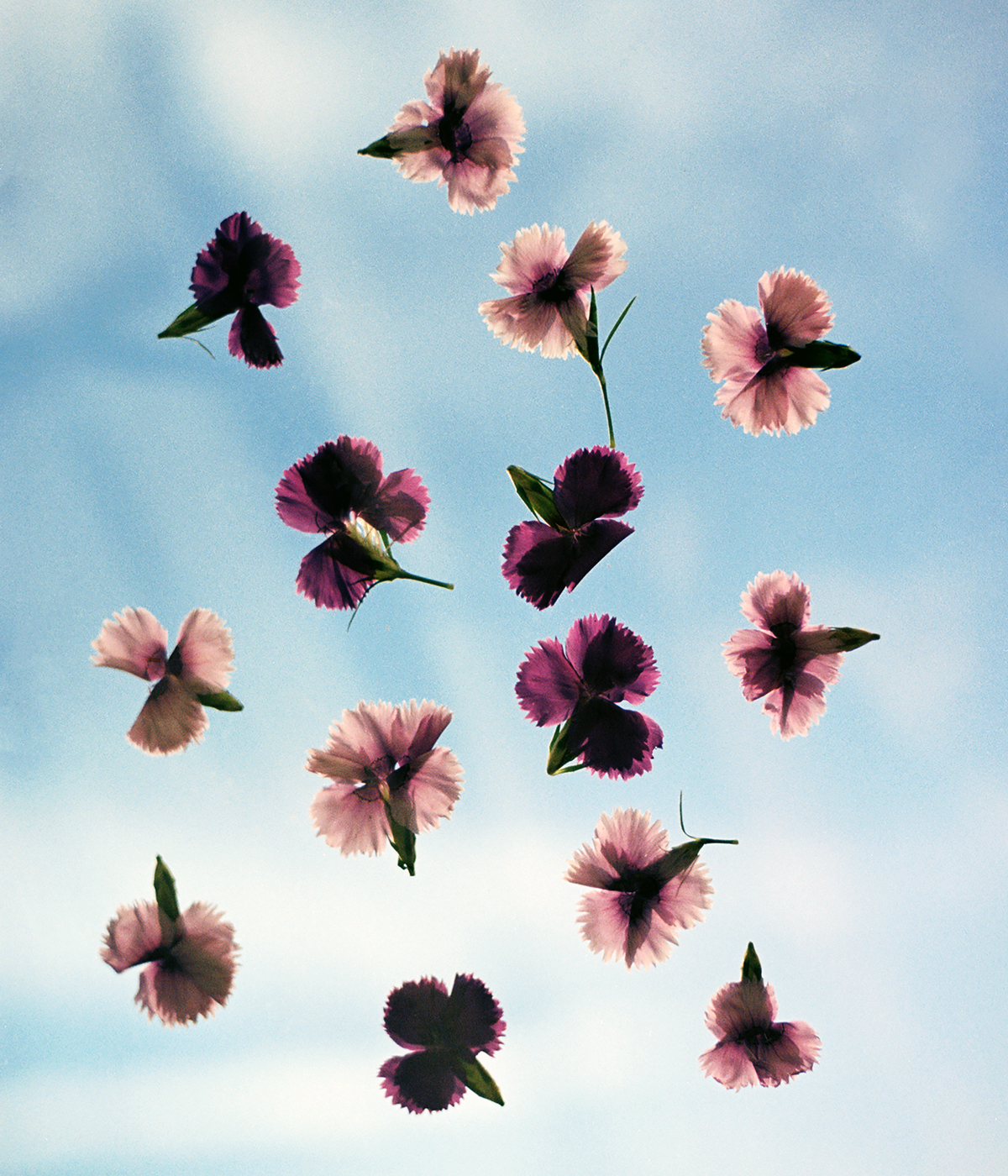
Chefs, artists and writers, including Fanny Singer, Julia Sherman, Loria Stern and Laila Gohar, have contributed personal essays to the book, which takes a close look at 100 different flowers, organised alphabetically. ‘The proposal was written to include “flower eater” essays and recipes from contributors,’ Nelson adds. ‘The book would not function without them. The contributors are from a variety of disciplines and from around the world. I learned about so many new flowers from them and also let some of the contributions function as the flower entry itself, like for banana flower and mahua.
‘For the “flower eaters”, I left the call to writers very open-ended, and there are moments that range from political to cultural to very sweet and personal. The recipes are very accessible and written in casual paragraph form and often in the first person. The tone of these makes flowers seem really easy to bring into your life.’
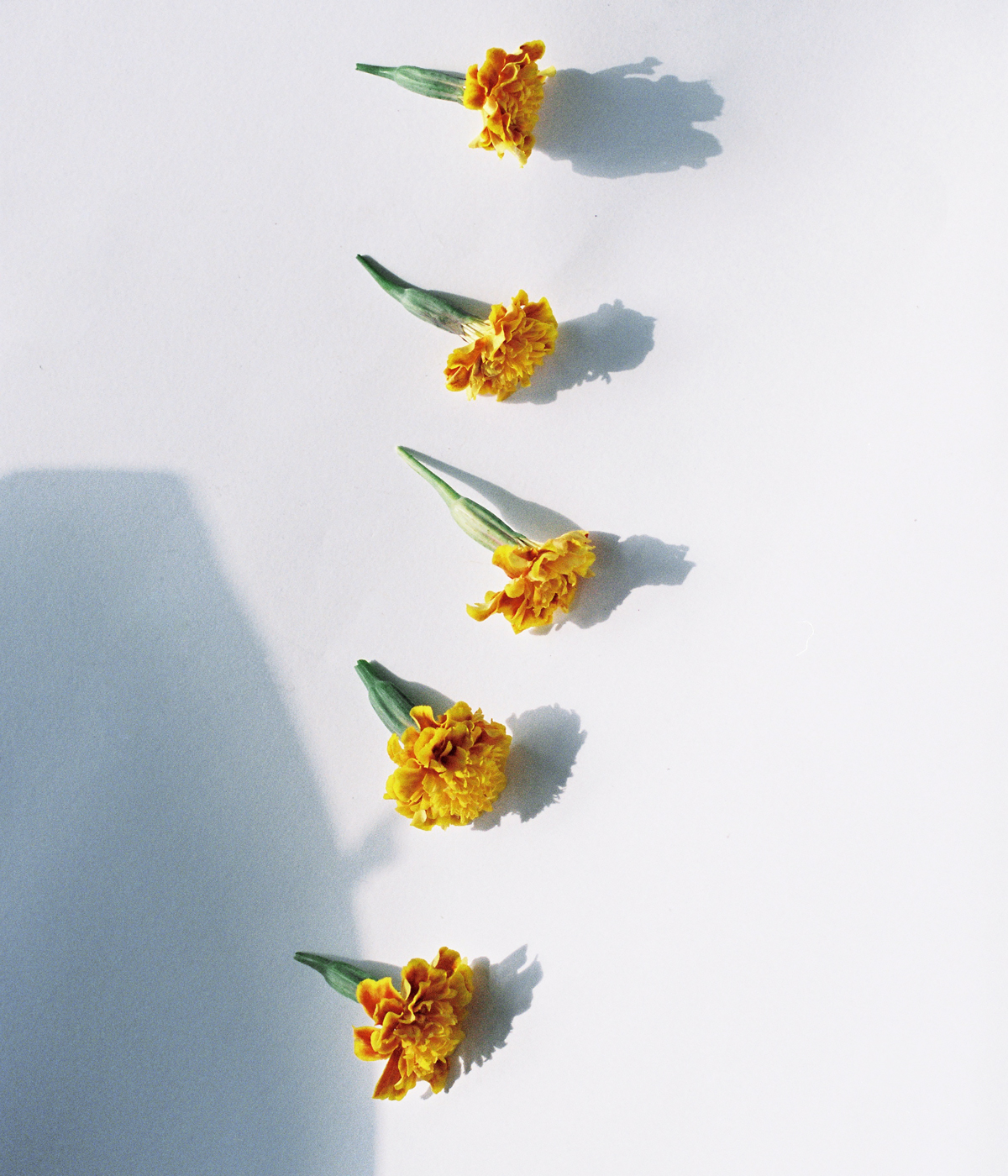
As well as reference notes, the book gives an insight into each flower’s taste as well as its traditional and suggested uses. With such a wealth of information, where does Nelson think we should begin? ‘A beginner should always start with curiosity! Search every flower you come across with the added search term “edible?”. There are also pre-packaged flowers shelved near the fresh herbs at some stores.
‘You can start by treating edible flowers as you would cilantro or parsley – just sort of tossing over a cooked dish like rice, pasta, a cheese board, or in a salad as a bit of garnish. By eating them this way you’ll start to understand the flavour profiles and how they mix with other flavours, and then you’ll start thinking about the peppery quality of nasturtium and how to incorporate it into cooking.’
Receive our daily digest of inspiration, escapism and design stories from around the world direct to your inbox.
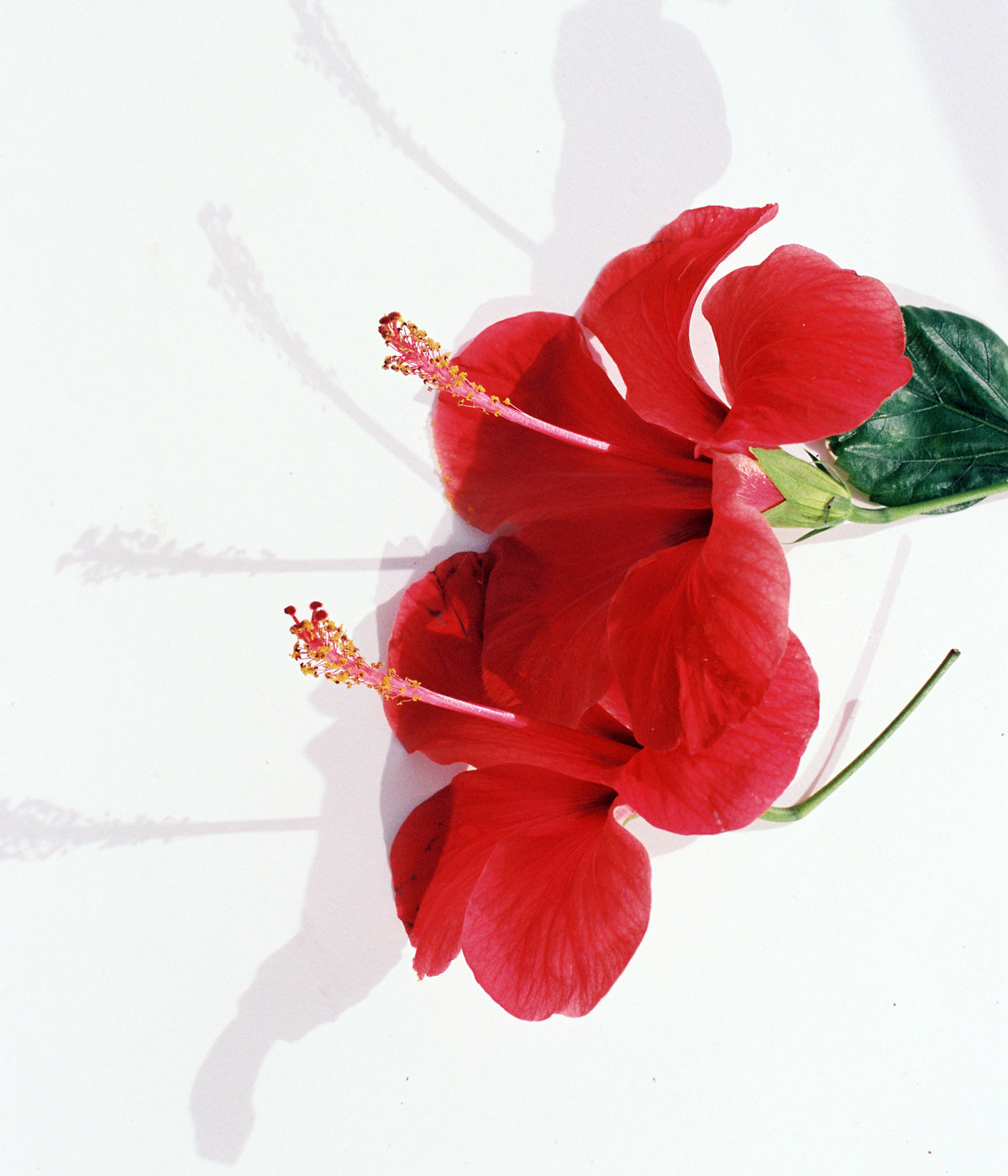
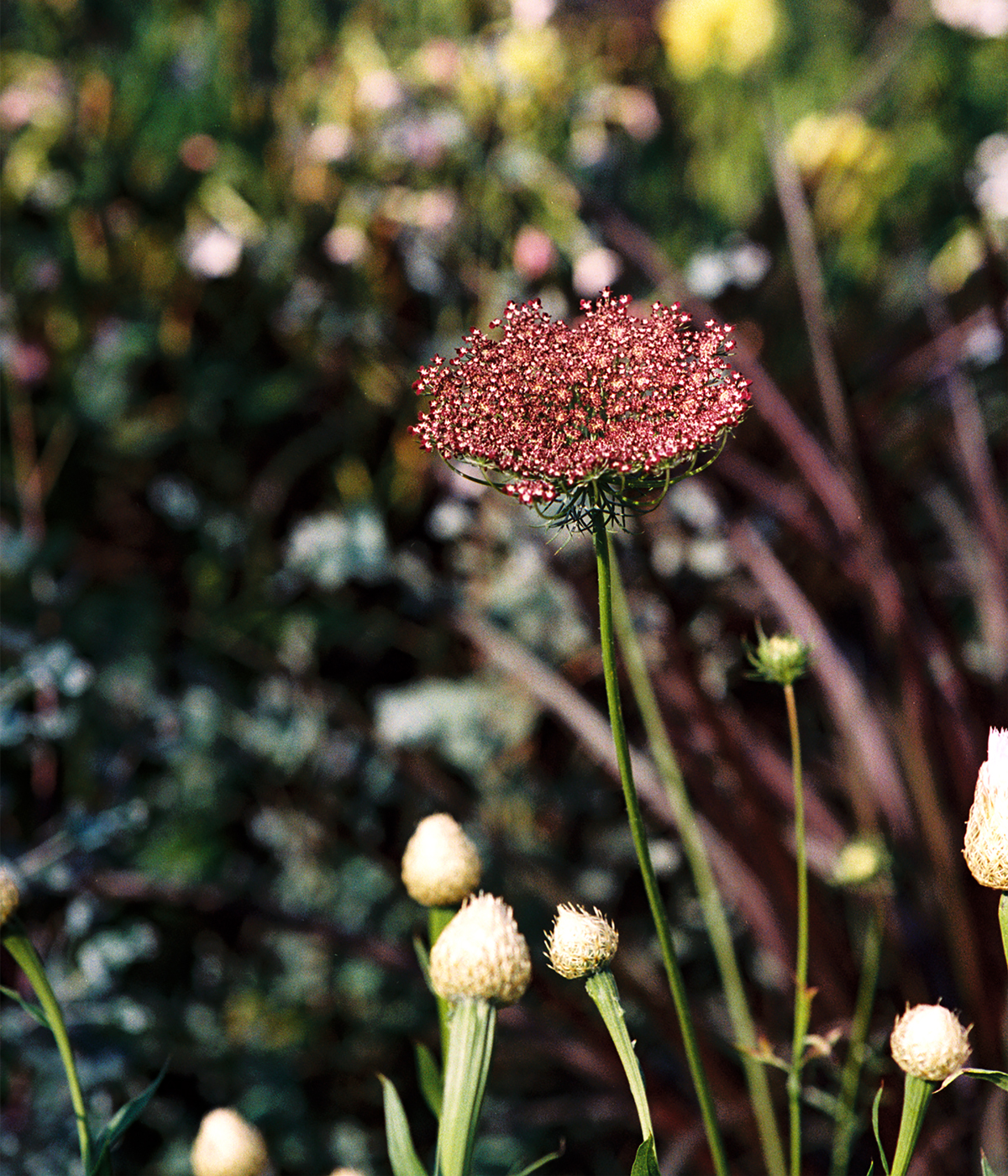
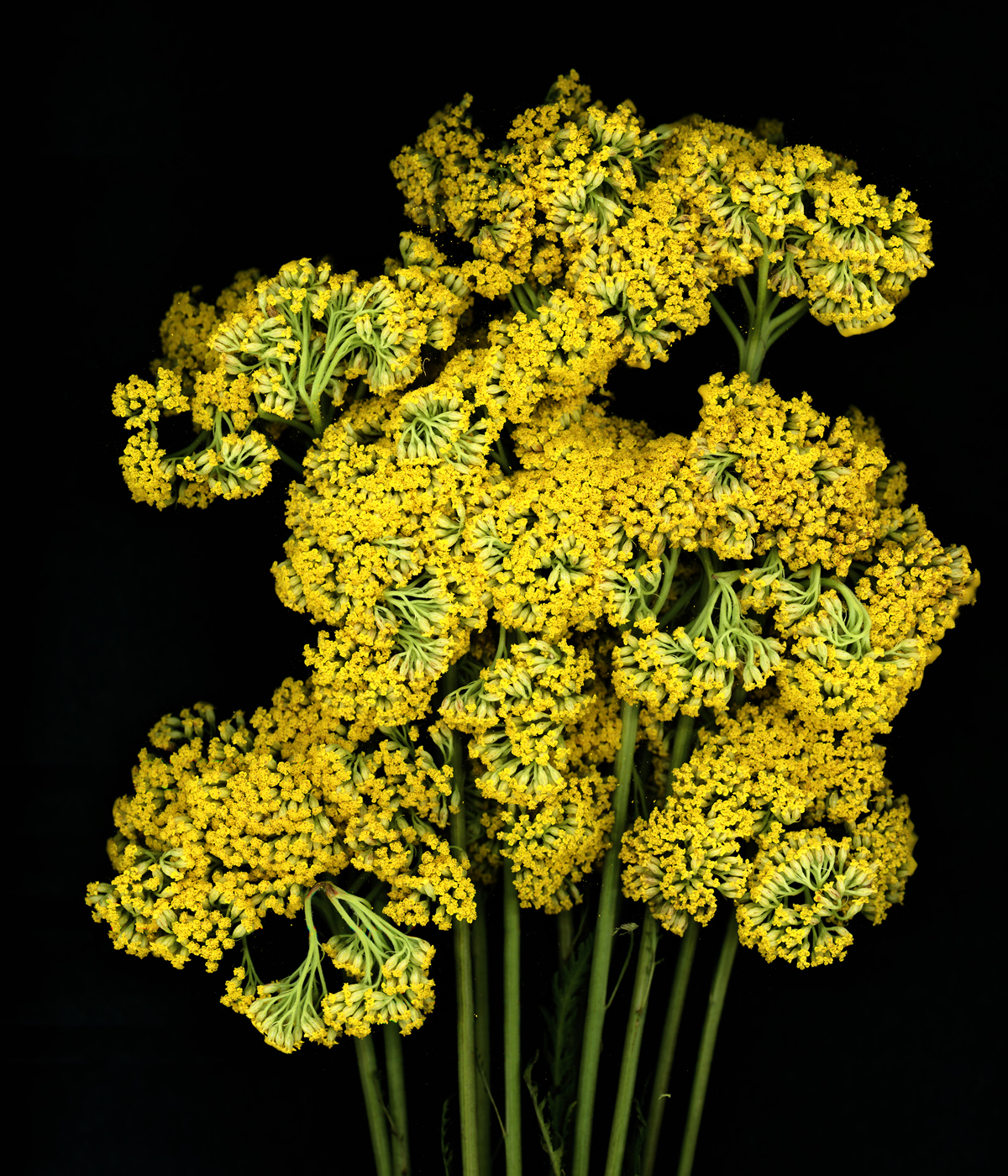
INFORMATION
Edible Flowers: How, Why, and When We Eat Flowers is published by Monacelli
Hannah Silver is the Art, Culture, Watches & Jewellery Editor of Wallpaper*. Since joining in 2019, she has overseen offbeat art trends and conducted in-depth profiles, as well as writing and commissioning extensively across the worlds of culture and luxury. She enjoys travelling, visiting artists' studios and viewing exhibitions around the world, and has interviewed artists and designers including Maggi Hambling, William Kentridge, Jonathan Anderson, Chantal Joffe, Lubaina Himid, Tilda Swinton and Mickalene Thomas.
-
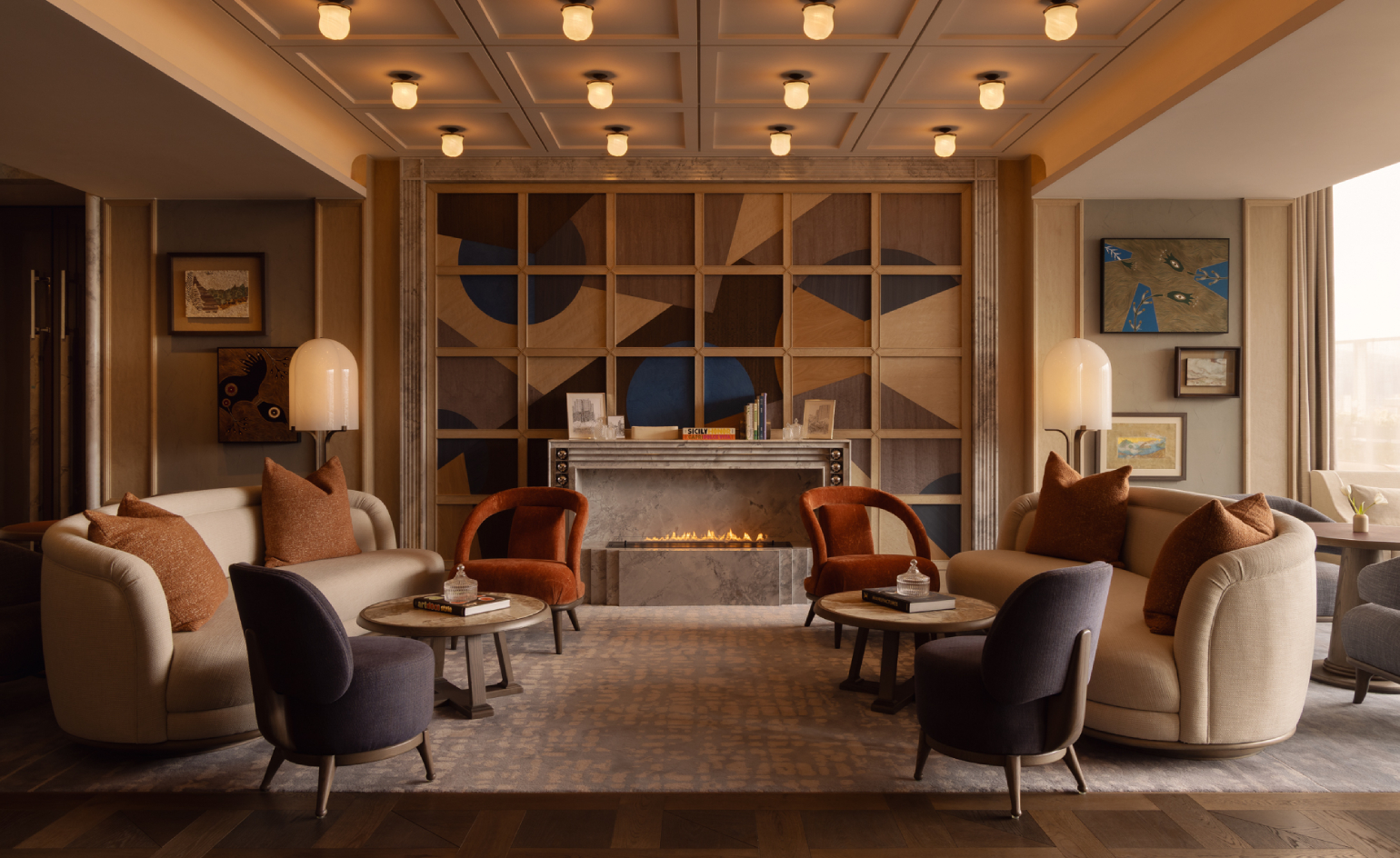 Wallpaper* Design Awards: Capella Taipei wins Best New Opening 2026
Wallpaper* Design Awards: Capella Taipei wins Best New Opening 2026Designed by André Fu, Capella Taipei is a long-overdue and much-needed addition to the Taiwanese capital’s limited luxury hotel scene
-
 You can soon step inside David Bowie’s childhood home
You can soon step inside David Bowie’s childhood homeWith a set completion date by 2027, the musician's childhood home in Bromley will be restored to its original 1960s appearance, including Bowie’s bedroom, the launchpad for his long career
-
 Welcome to The Float House, proof that life on London’s canals can be warm and elegant
Welcome to The Float House, proof that life on London’s canals can be warm and elegantMoored on London’s Grand Union Canal, The Float House, designed by TiggColl Architects, reimagines what a houseboat can be
-
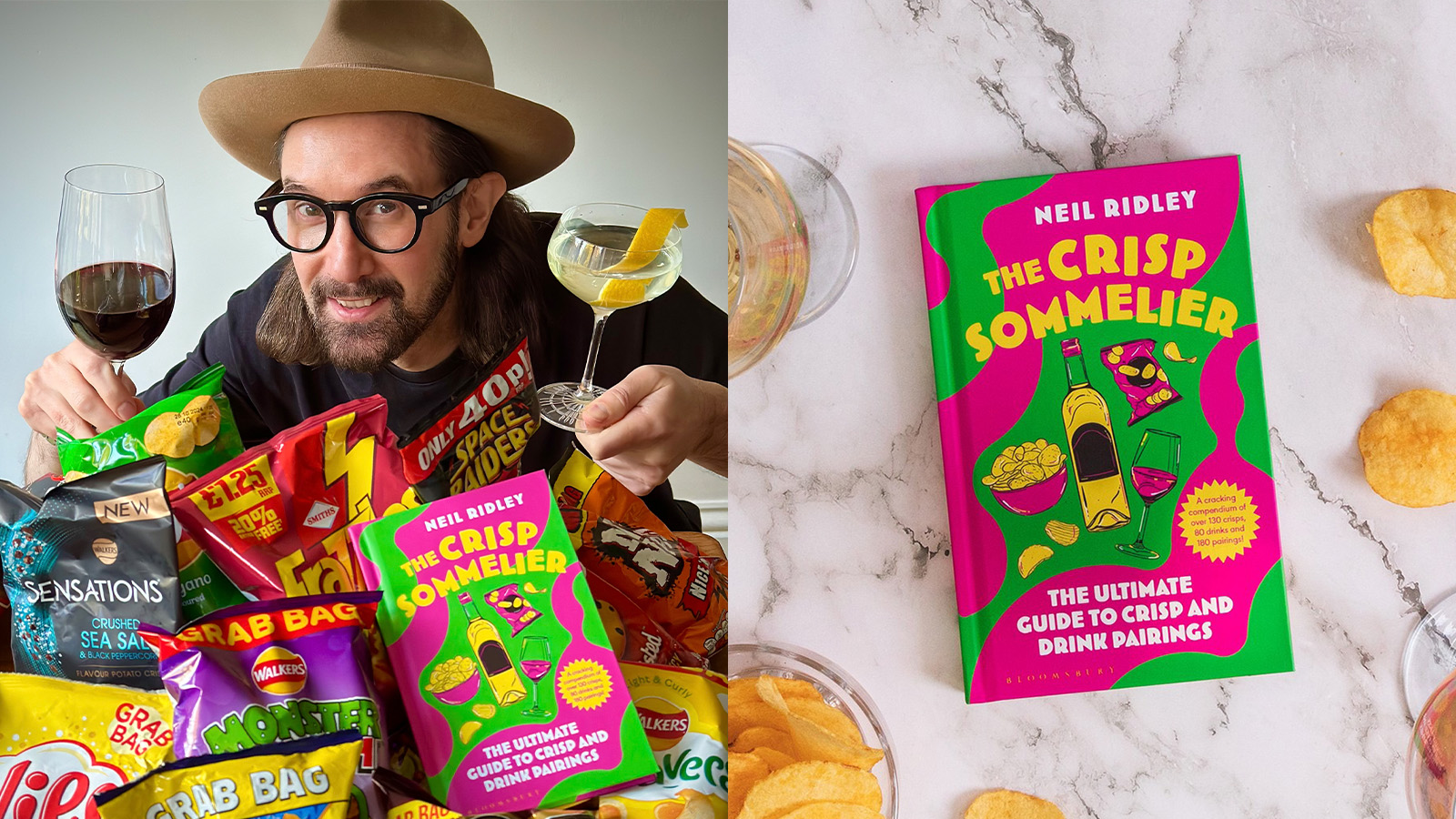 How to be a crisp sommelier: Neil Ridley on ‘bringing fun back into food and drink’
How to be a crisp sommelier: Neil Ridley on ‘bringing fun back into food and drink’The humble crisp is an easy crowd-pleaser for laidback hosts. Drinks expert Neil Ridley shares his tips for creating the perfect crisp-and-drink pairings, whatever the occasion
-
 'Moroseta Kitchen' is a new recipe book offering a glimpse into the Puglian countryside
'Moroseta Kitchen' is a new recipe book offering a glimpse into the Puglian countryside'Moroseta Kitchen - A Window Into The Puglian Countryside' by Giorgia Eugenia Goggi is based on the essence of eating in Italy, rooted in farm to table seasonal recipes
-
 ‘Bethlehem’ is a new recipe book celebrating Palestinian food
‘Bethlehem’ is a new recipe book celebrating Palestinian food‘Bethlehem: A Celebration of Palestinian Food’ is a recipe book by Fadi Kattan that celebrates culinary tradition and explores untold stories
-
 René Redzepi, Mette Søberg and Junichi Takahashi on Noma’s new cookbook
René Redzepi, Mette Søberg and Junichi Takahashi on Noma’s new cookbookLifting the lid on Noma’s secrets, a new cookbook celebrates the pioneering restaurant’s season menus, and offers a deep dive behind the scenes
-
 60-Second Cocktails book shakes up summer happy hour at home
60-Second Cocktails book shakes up summer happy hour at homeThis 60-Second Cocktails book brings summer happy hour into your home with easy but sophisticated cocktail recipes and tips to guide even novice shakers
-
 New cookbook transforms horror movies into terrifying food art
New cookbook transforms horror movies into terrifying food artHorror Caviar, the first cookbook from A24, features recipes inspired by horror movies, from creatives including Laila Gohar and Chloe Wise, alongside essays by Carmen Maria Machado, Stephanie LaCava, and more
-
 Match point: learn how to properly pair food and wine
Match point: learn how to properly pair food and wineLearn a thing or two about fine cooking and wine selection with this new book from the London Club
-
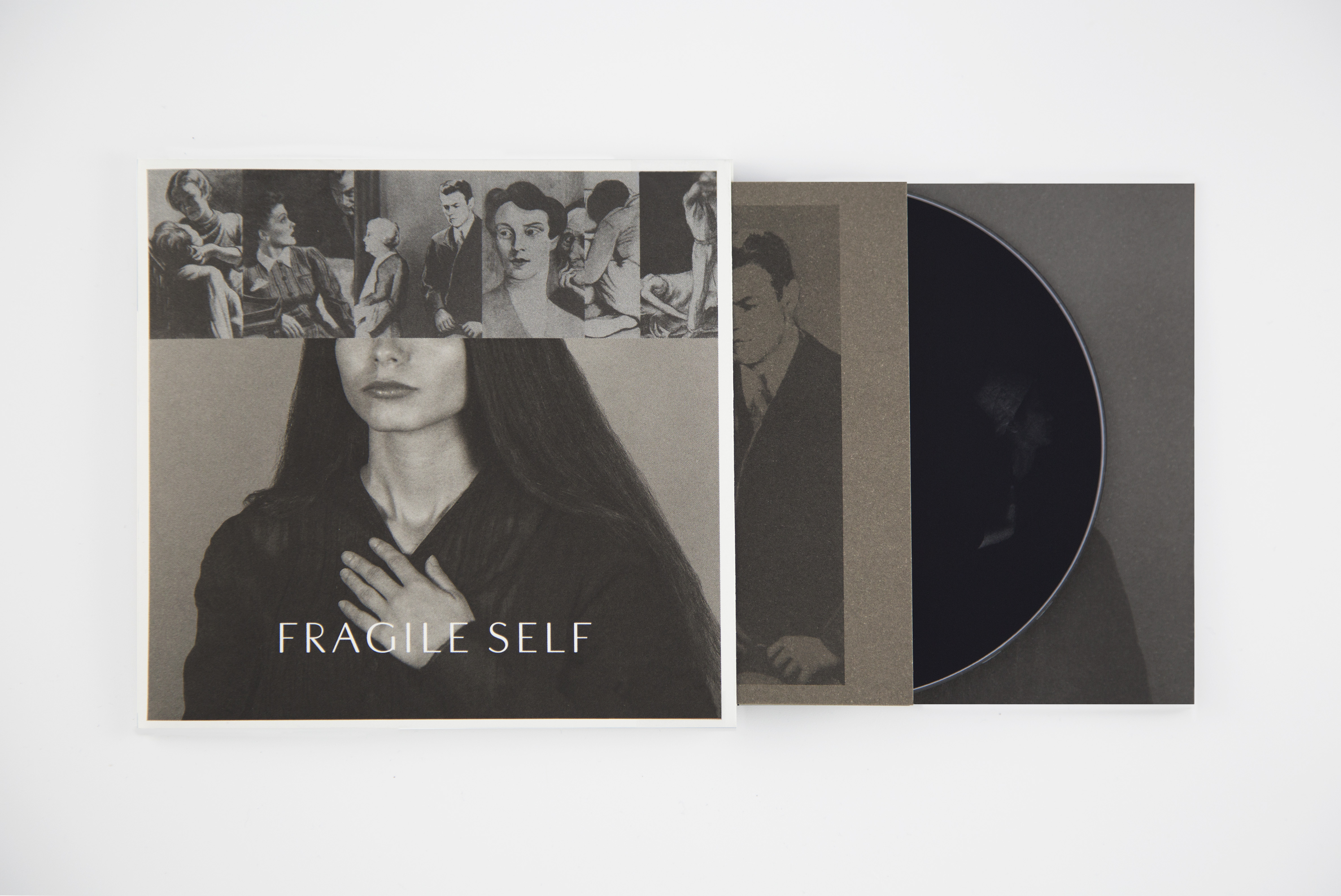 Fragile Self’s multi-platform debut album is a fervent fusion of sound and vision
Fragile Self’s multi-platform debut album is a fervent fusion of sound and visionThe designer behind David Bowie's album covers has released a multimedia album exploring the history of psychology and the definition of ‘normality'